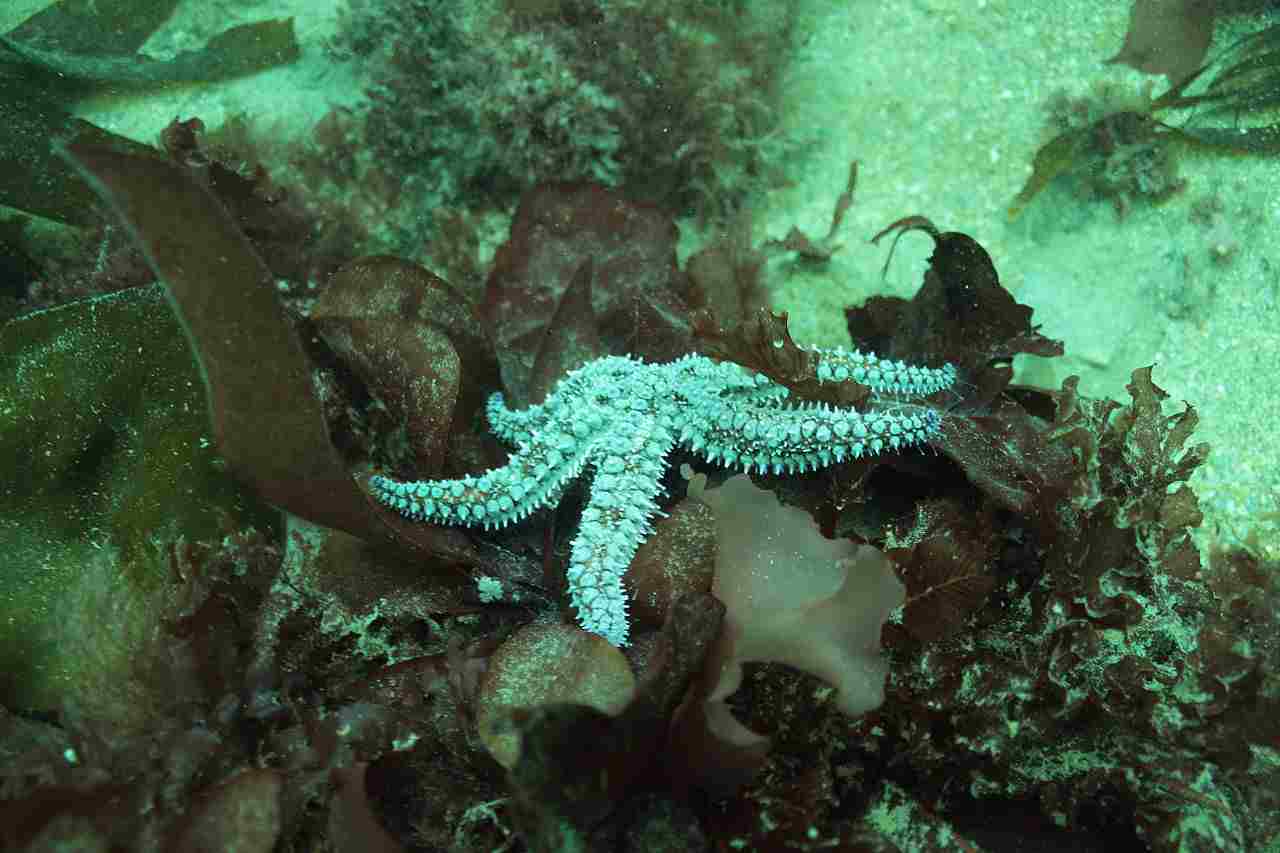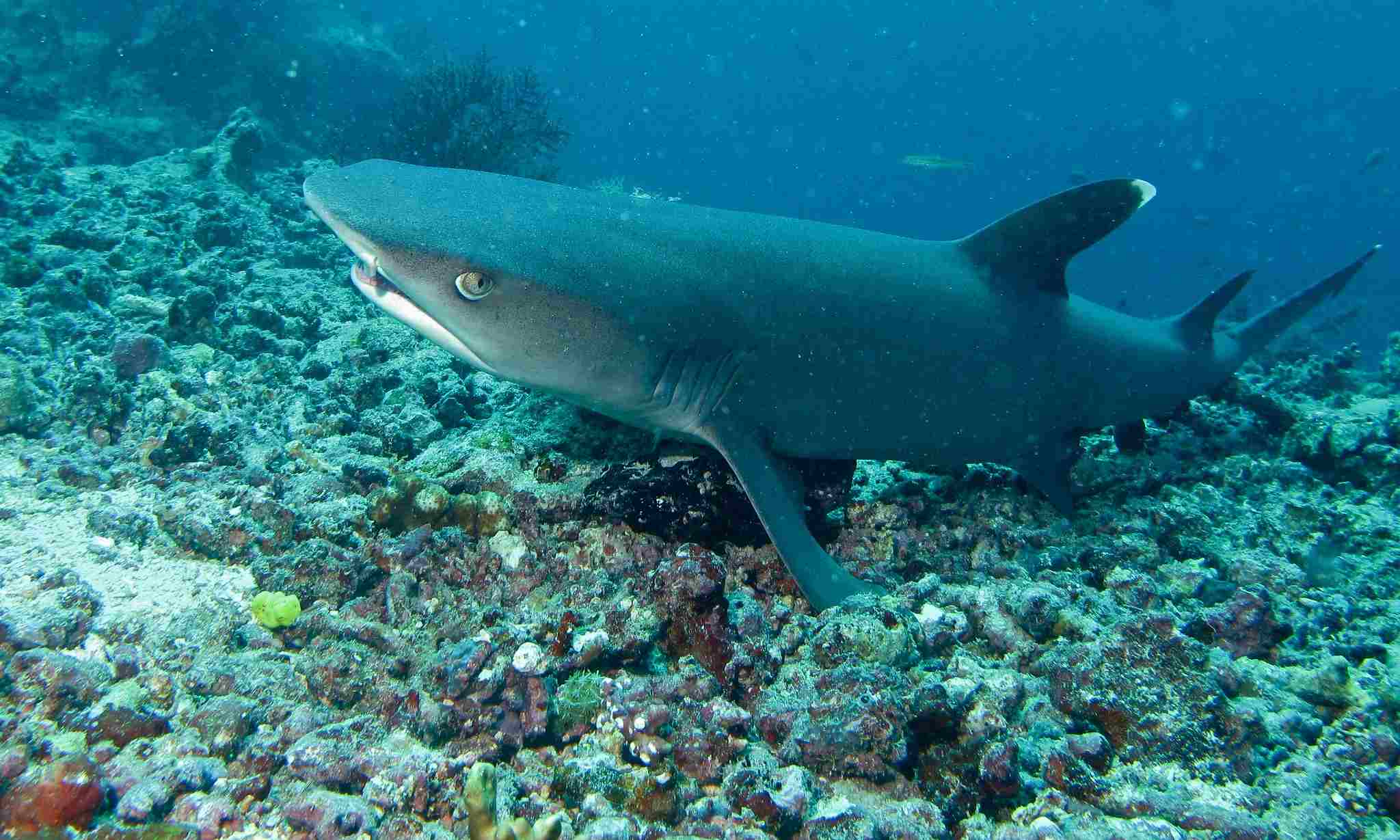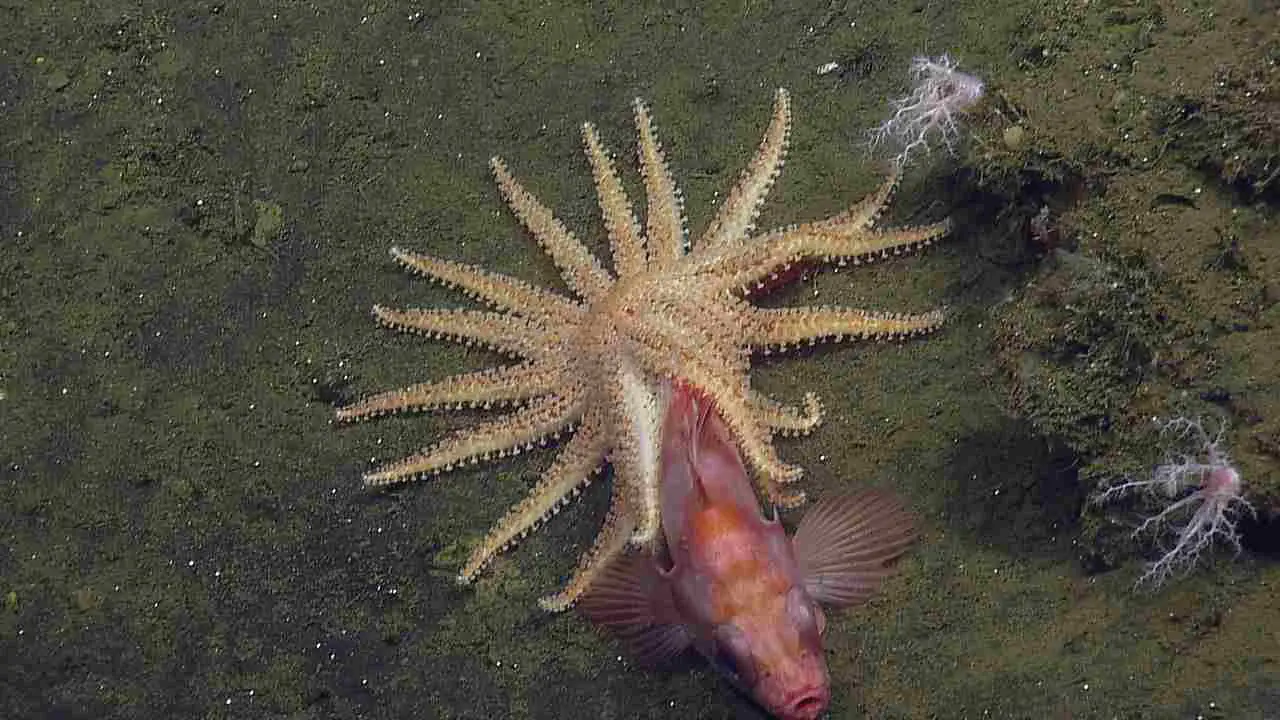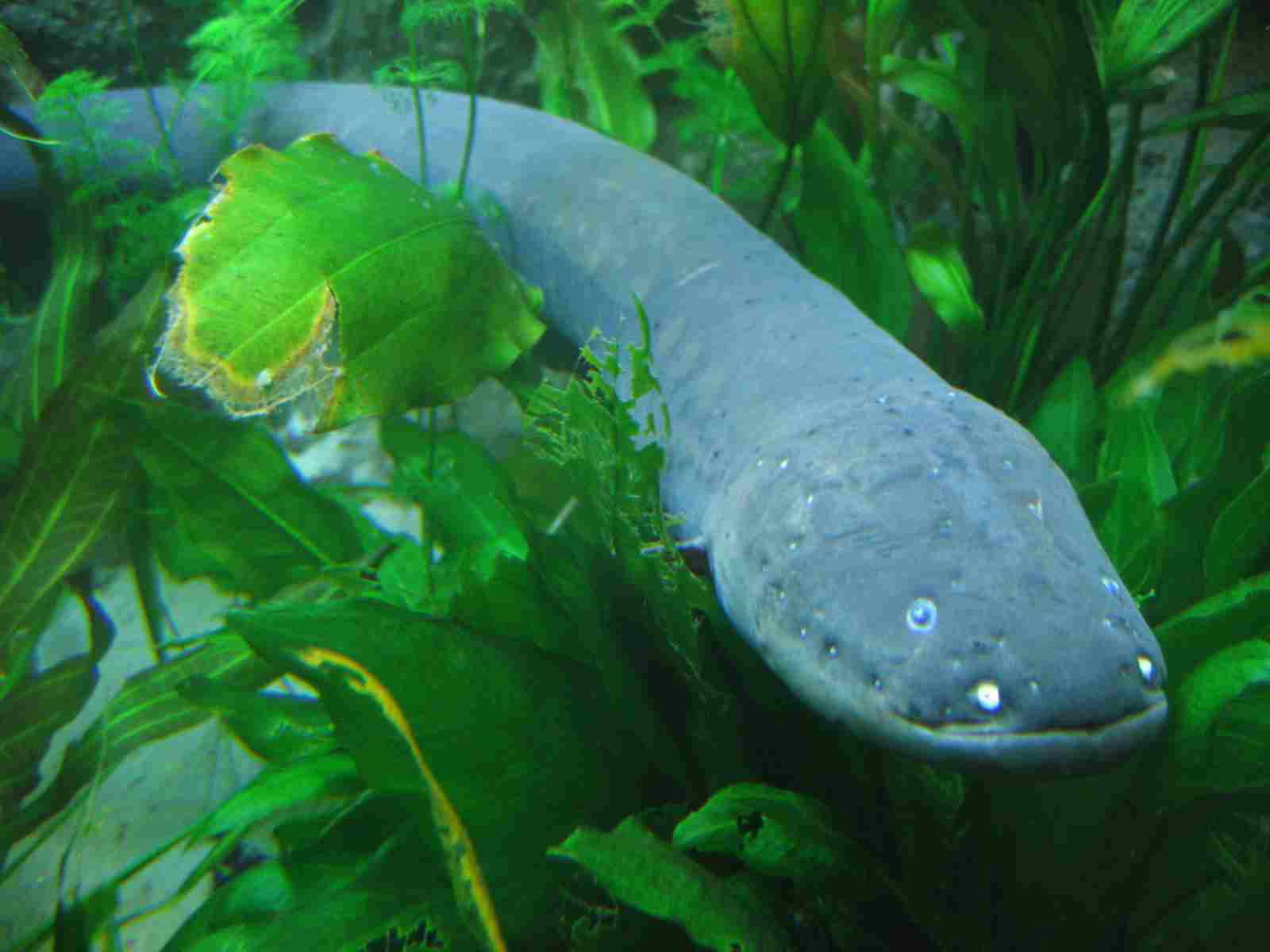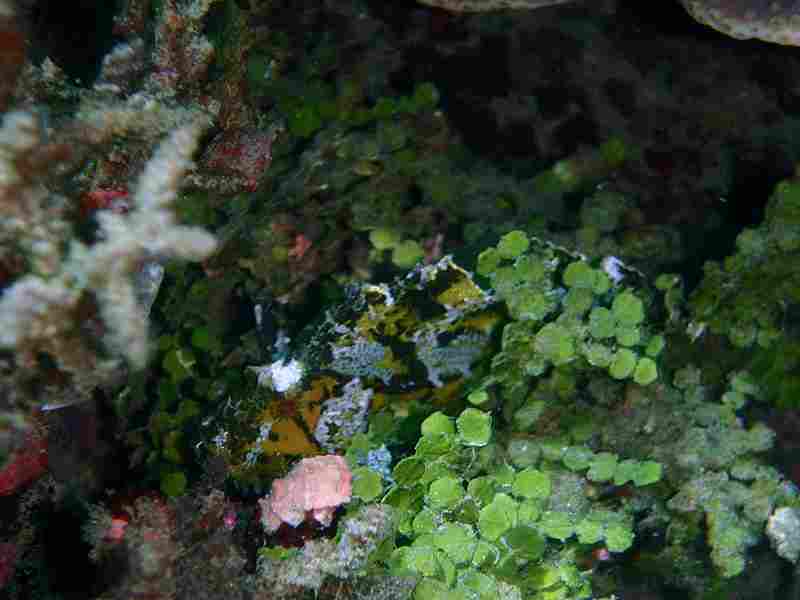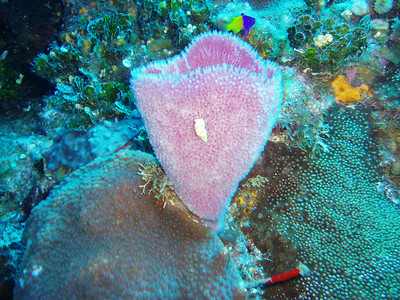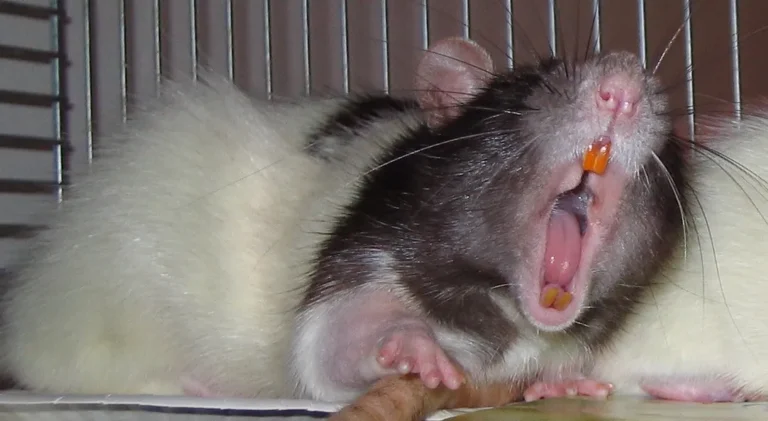9+ Secondary Consumers in the Coral Reef and Their Characteristics
Secondary consumers in the coral reef include a diverse array of organisms such as moray eels, seahorses, starfish, anemones, fan worms, sea sponges, coral polyps, pufferfish, groupers, and lobsters. These organisms feed on primary consumers, regulating their populations and contributing to the balance of the reef ecosystem. They employ various feeding mechanisms, from predation to filter-feeding, to obtain their food, playing vital roles in nutrient cycling, maintaining water quality, and enhancing biodiversity within the coral reef environment.
1. Moray Eel: Secondary Consumer in the Coral Reef
Moray eels play a crucial role as secondary consumers in coral reef ecosystems. These elongated, snake-like predators primarily feed on small fish, crustaceans, and cephalopods, which are often primary consumers themselves. Their sharp teeth and strong jaws allow them to capture and consume a variety of prey, helping to regulate the population of smaller organisms within the reef community. As secondary consumers, moray eels contribute to the balance and stability of the coral reef ecosystem by controlling the populations of their prey species.
2. Sea Horse: Secondary Consumer in the Coral Reef
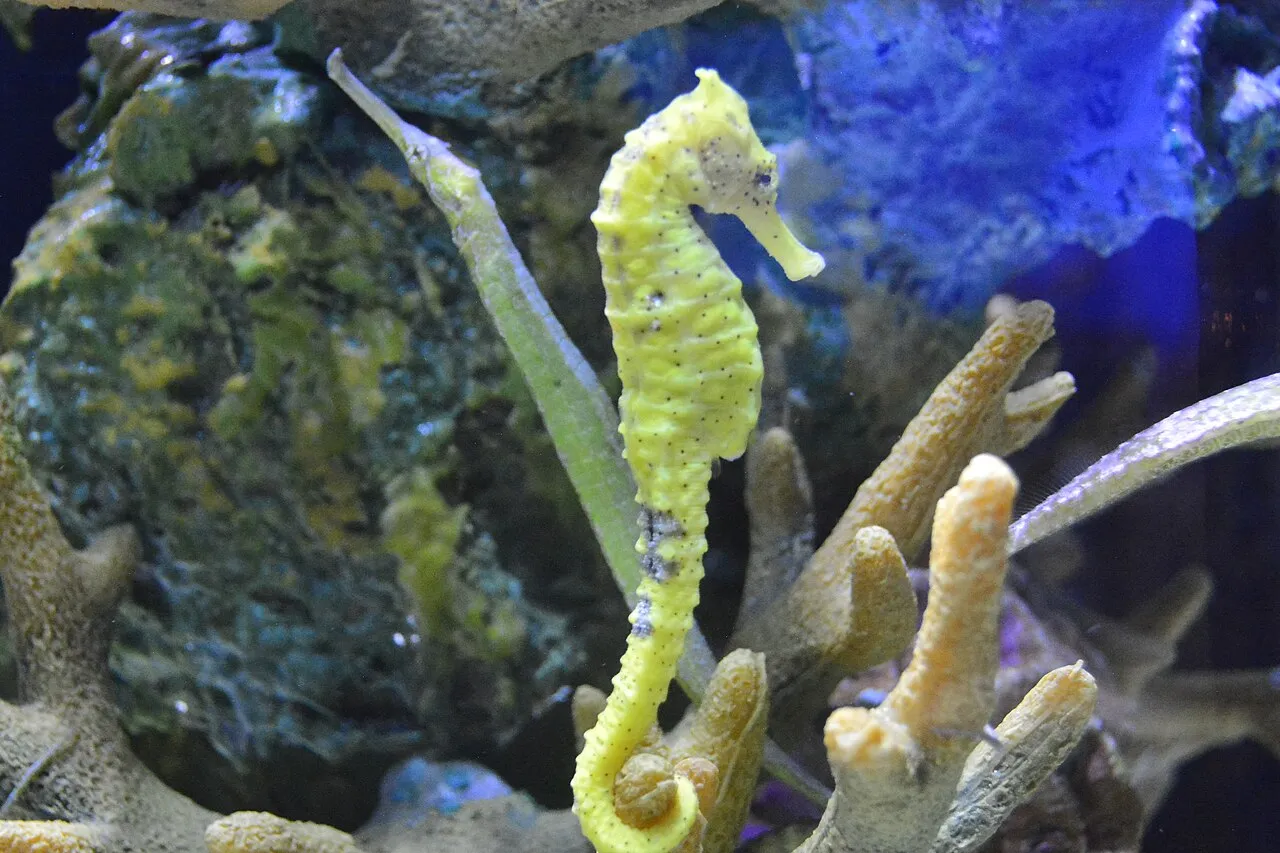
Seahorses are fascinating secondary consumers in the coral reef ecosystem. They mainly feed on small crustaceans, such as shrimp and plankton, using their elongated snouts to suck in their prey with remarkable precision. As secondary consumers, seahorses play a role in controlling the population of their prey, contributing to the overall balance of the reef ecosystem.
3. Starfish: Secondary Consumer in the Coral Reef
Starfish, also known as sea stars, are important secondary consumers in coral reef ecosystems. They primarily feed on bivalves, mollusks, and other invertebrates, using their tube feet to pry open shells and capture their prey. By consuming these organisms, starfish help regulate their populations, preventing overgrowth and maintaining the health of the reef ecosystem.
4. Anemone: Secondary Consumer in the Coral Reef
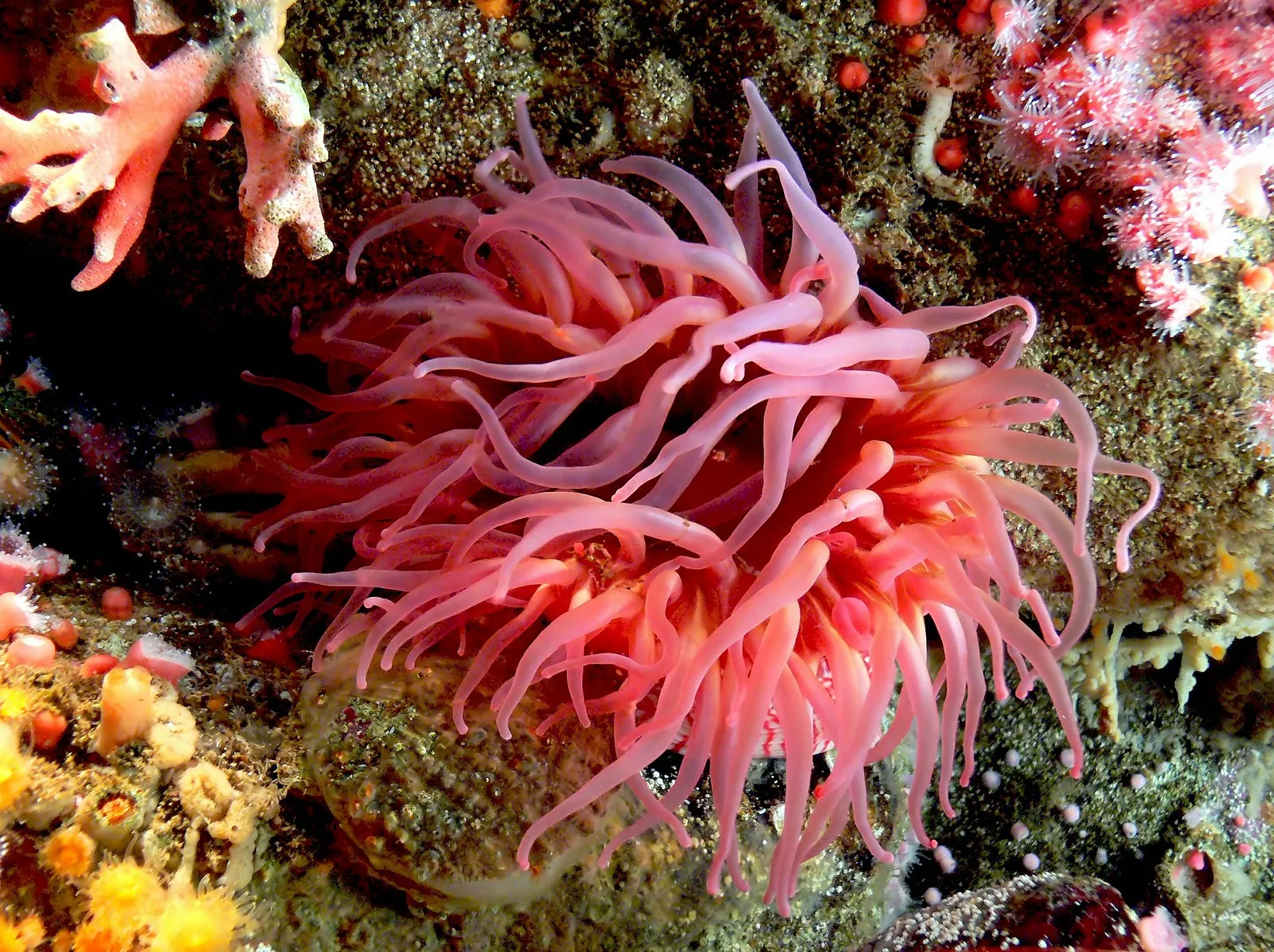
Anemones are fascinating secondary consumers in coral reef environments. Although they are primarily known as predators, they also play a role as secondary consumers by consuming small fish, crustaceans, and other invertebrates that inhabit the reef. Anemones use their tentacles armed with stinging cells to capture prey, contributing to the intricate food web dynamics within the coral reef ecosystem.
5. Fan Worm: Secondary Consumer in the Coral Reef
Fan worms are important secondary consumers in coral reef ecosystems. These sedentary filter-feeders primarily consume plankton and other small organic particles suspended in the water column. They use their specialized feeding appendages, called radioles, to capture food particles and funnel them towards their mouth. By consuming plankton, fan worms help maintain water clarity and nutrient cycling within the reef ecosystem.
6. Sea Sponge: Secondary Consumer in the Coral Reef
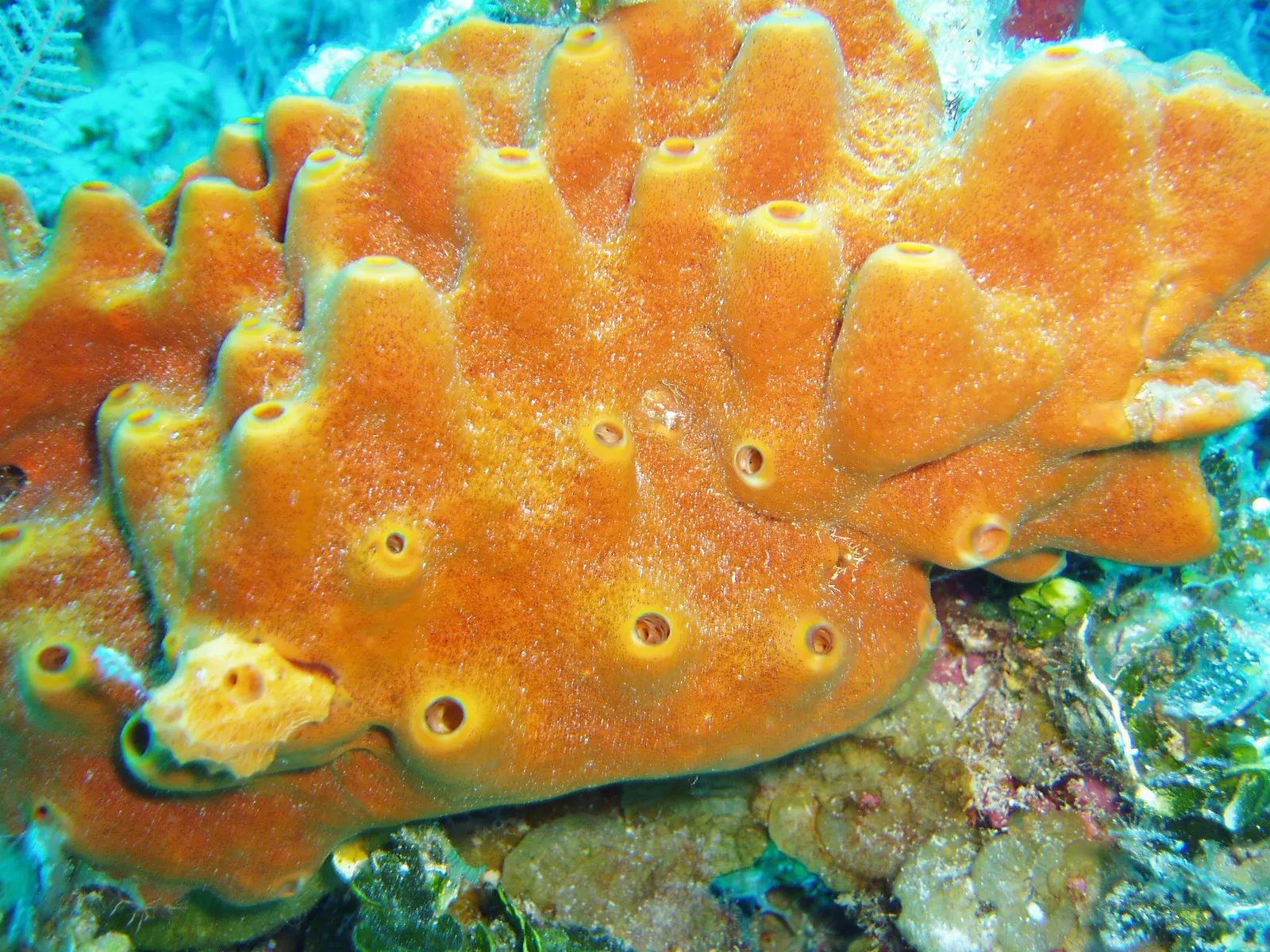
Sea sponges are essential secondary consumers in coral reef ecosystems. They filter-feed on plankton and organic particles suspended in the water, extracting nutrients and energy from the surrounding environment. By consuming these small organisms, sea sponges contribute to nutrient cycling and help maintain water quality within the reef ecosystem.
7. Coral Polyp: Secondary Consumer in the Coral Reef
Coral polyps are foundational organisms in coral reef ecosystems, primarily known as primary producers due to their symbiotic relationship with photosynthetic algae. However, they also act as secondary consumers by capturing plankton and small organisms with their tentacles. Coral polyps play a vital role in the reef food web, providing food for a variety of organisms and contributing to the overall biodiversity of the ecosystem.
8. Pufferfish: Secondary Consumer in the Coral Reef
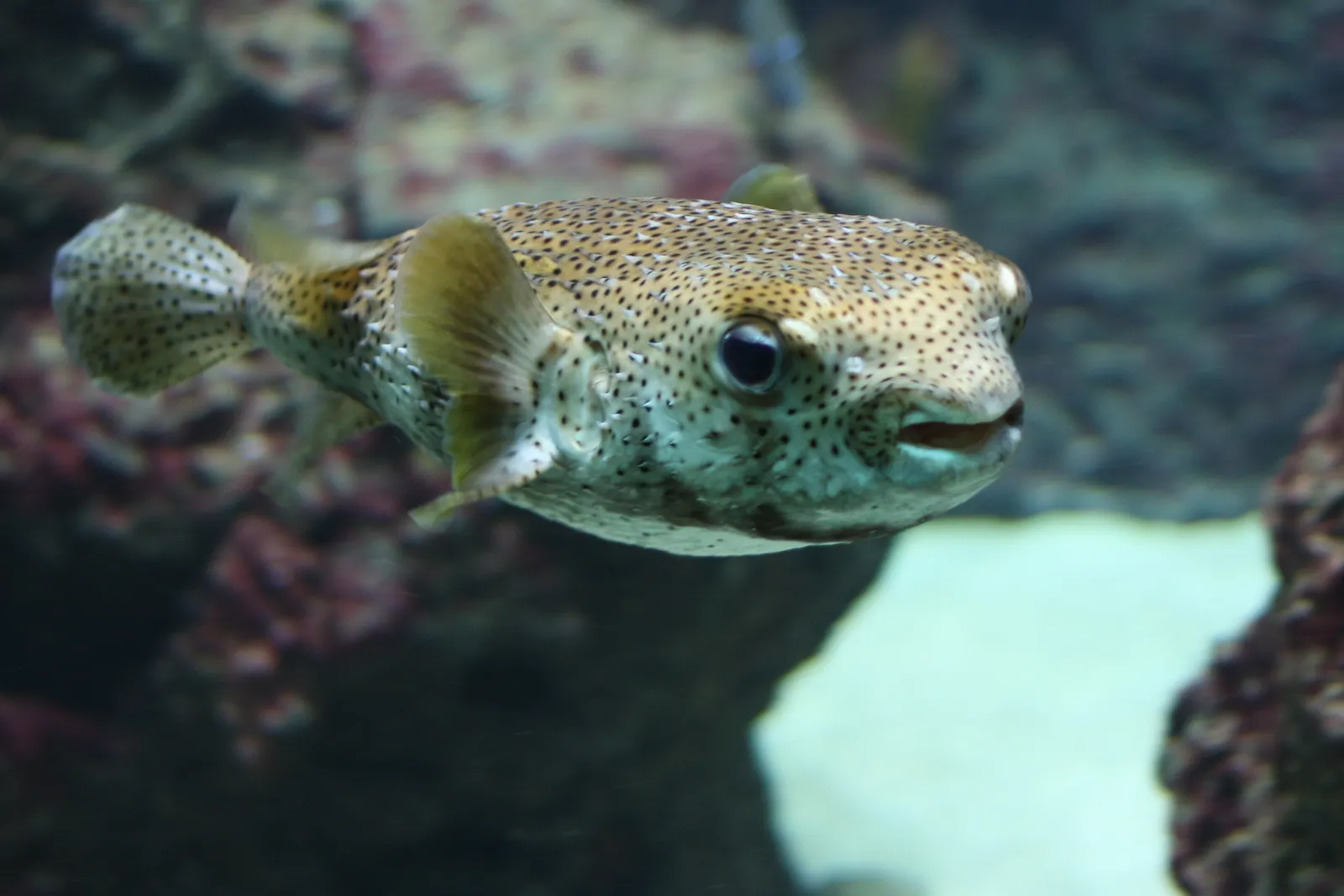
Pufferfish are intriguing secondary consumers in coral reef environments. They primarily feed on crustaceans, mollusks, and small fish, using their powerful jaws and beak-like teeth to crush their prey. Pufferfish play a role in controlling the population of their prey species and contribute to the intricate balance of the reef ecosystem.
9. Groupers: Secondary Consumer in the Coral Reef
Groupers are significant secondary consumers in coral reef ecosystems. These large predatory fish feed on a variety of smaller fish, crustaceans, and cephalopods, playing a crucial role in regulating the population of their prey species. Groupers are apex predators in many reef habitats, exerting top-down control on the food web dynamics and contributing to the overall health and stability of the ecosystem.
10. Lobster: Secondary Consumer in the Coral Reef
Lobsters are important secondary consumers in coral reef ecosystems. They primarily feed on small fish, crustaceans, mollusks, and other invertebrates, using their powerful claws to capture and crush their prey. Lobsters help maintain the balance of the reef ecosystem by controlling the population of their prey and serving as a food source for larger predators within the community.
| Secondary Consumer | Diet | Feeding Mechanism |
| Moray Eel | Small fish, crustaceans, cephalopods | Sharp teeth, strong jaws |
| Seahorse | Small crustaceans, plankton | Sucks prey with elongated snout |
| Starfish | Bivalves, mollusks, invertebrates | Tube feet to pry open shells |
| Anemone | Small fish, crustaceans, invertebrates | Tentacles with stinging cells |
| Fan Worm | Plankton, organic particles | Filter-feeds with radioles |
| Sea Sponge | Plankton, organic particles | Filter-feeds |
| Coral Polyp | Plankton, small organisms | Tentacles to capture prey |
| Pufferfish | Crustaceans, mollusks, small fish | Powerful jaws, beak-like teeth |
| Groupers | Small fish, crustaceans, cephalopods | Predatory behavior |
| Lobster | Small fish, crustaceans, invertebrates | Powerful claws to capture and crush prey |
*Related FAQs
Q: Why are secondary consumers important in the coral reef ecosystem?
A: Secondary consumers play a crucial role in maintaining the balance and health of coral reef ecosystems. By feeding on primary consumers, they help regulate the population of these organisms, preventing overgrazing and promoting biodiversity. Additionally, secondary consumers contribute to nutrient cycling and energy flow within the reef ecosystem.
Q: What do secondary consumers in the coral reef eat?
A: Secondary consumers in the coral reef have diverse diets, including small fish, crustaceans, mollusks, plankton, and other invertebrates. Their feeding preferences vary depending on the species, but they often target organisms that occupy lower trophic levels in the reef food web.
Q: How do secondary consumers obtain their food in the coral reef?
A: Secondary consumers employ a variety of feeding mechanisms to obtain their food in the coral reef. Predatory species, such as moray eels and groupers, use sharp teeth and powerful jaws to capture and consume prey. Filter-feeders, like sea sponges and fan worms, extract plankton and organic particles from the water column using specialized structures.
Q: What is the role of secondary consumers in nutrient cycling in the coral reef?
A: Secondary consumers contribute to nutrient cycling in the coral reef by consuming organic matter and releasing nutrients through excretion and decomposition. By regulating the population of primary consumers, they prevent the overconsumption of resources and ensure a balanced flow of energy and nutrients throughout the ecosystem.
